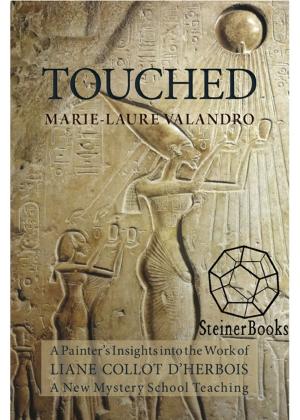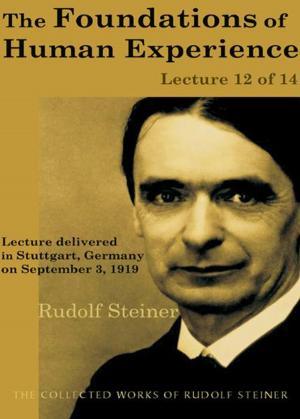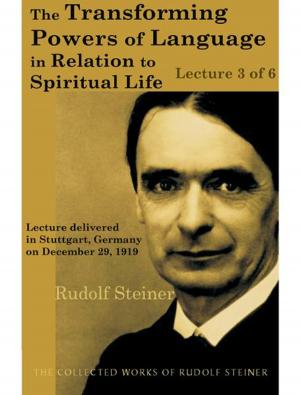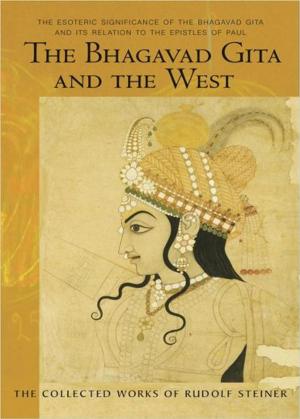Rudolf Steiner's Intentions for the Anthroposophical Society
Nonfiction, Reference & Language, Education & Teaching, Educational Theory, Philosophy & Social Aspects| Author: | Peter Sleg, Christian Arnim | ISBN: | 9780880108263 |
| Publisher: | SteinerBooks | Publication: | September 1, 2011 |
| Imprint: | SteinerBooks | Language: | English |
| Author: | Peter Sleg, Christian Arnim |
| ISBN: | 9780880108263 |
| Publisher: | SteinerBooks |
| Publication: | September 1, 2011 |
| Imprint: | SteinerBooks |
| Language: | English |
Although the fruits of AnthroposophyWaldorf education, biodynamic agriculture, Camphill, anthroposophic medicine, and so onare relatively well known and moderately successful, their relationship to Anthroposophy and its vehicle for transmission, the General Anthroposophical Society, and the School for Spiritual Science, remains mysterious and unclear; sadly, the same is true of the meaning and purpose of those institutions. Related to this is the fact that, though these offshoots of Anthroposophy are well known, eighty-five years after his death and eighty-seven years after the re-formation of the Anthroposophical Society, what Rudolf Steiner brought into the world, what entered the world through him and what he sought to accomplishthat is, what spiritual science and spiritual-scientific research are and how one practices themremain virtually unknown. In other words, something essential has been forgotten. Written both in commemoration of the 150th anniversary of Rudolf Steiners birth and in the context of the long-standing, episodically erupting, and ongoing confusion surrounding the mission and task of the Anthroposophical Society, Peter Selg seeks to recover what has perhaps been forgotten or overlooked in Rudolf Steiners own words and life. He does so by describing, clearly and objectively, the historical background of Steiners vision of the civilizational task of Anthroposophy and how he had hoped it might be accomplished.
Although the fruits of AnthroposophyWaldorf education, biodynamic agriculture, Camphill, anthroposophic medicine, and so onare relatively well known and moderately successful, their relationship to Anthroposophy and its vehicle for transmission, the General Anthroposophical Society, and the School for Spiritual Science, remains mysterious and unclear; sadly, the same is true of the meaning and purpose of those institutions. Related to this is the fact that, though these offshoots of Anthroposophy are well known, eighty-five years after his death and eighty-seven years after the re-formation of the Anthroposophical Society, what Rudolf Steiner brought into the world, what entered the world through him and what he sought to accomplishthat is, what spiritual science and spiritual-scientific research are and how one practices themremain virtually unknown. In other words, something essential has been forgotten. Written both in commemoration of the 150th anniversary of Rudolf Steiners birth and in the context of the long-standing, episodically erupting, and ongoing confusion surrounding the mission and task of the Anthroposophical Society, Peter Selg seeks to recover what has perhaps been forgotten or overlooked in Rudolf Steiners own words and life. He does so by describing, clearly and objectively, the historical background of Steiners vision of the civilizational task of Anthroposophy and how he had hoped it might be accomplished.















